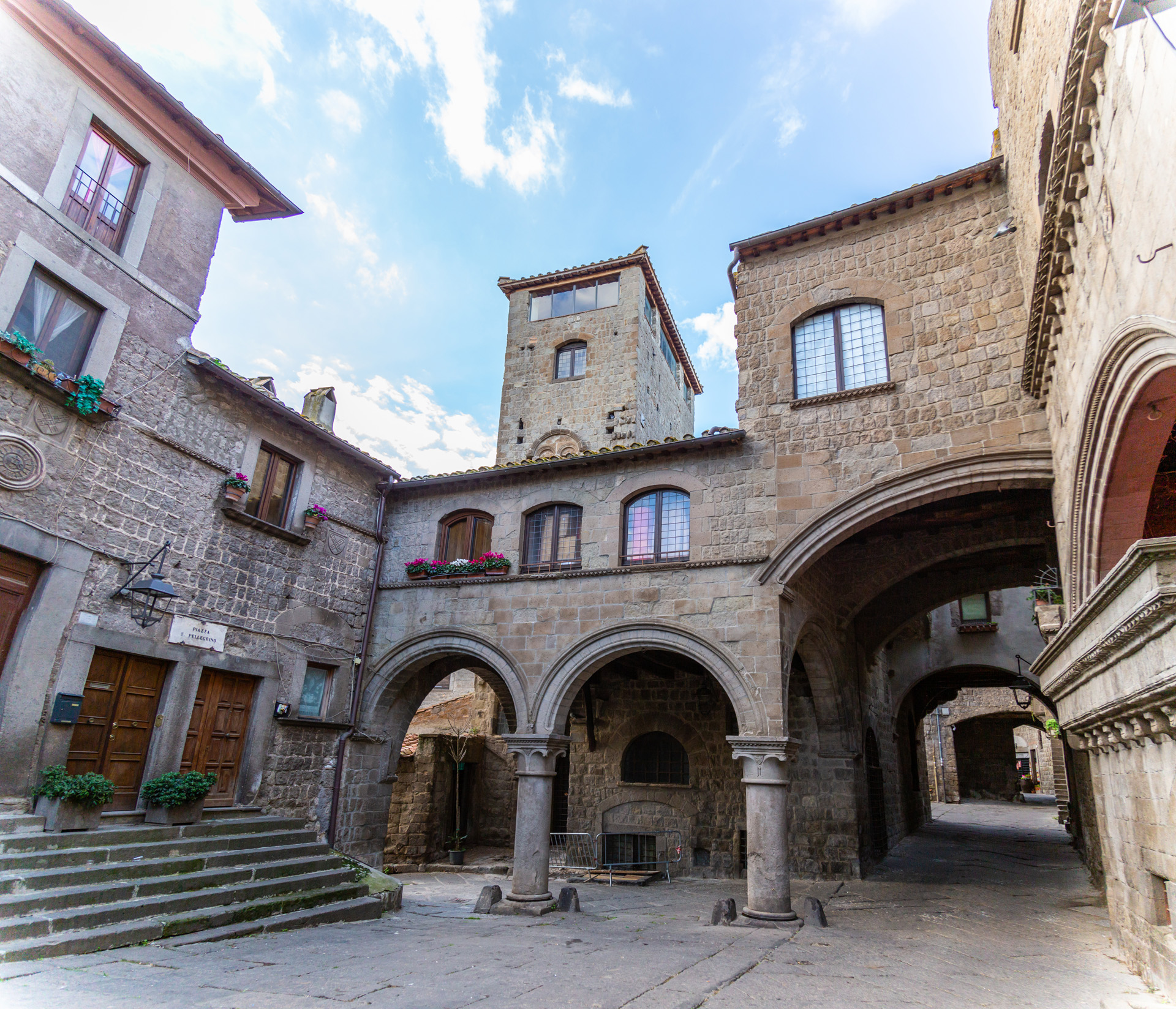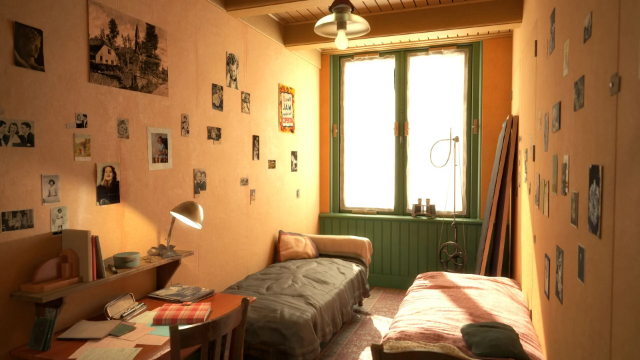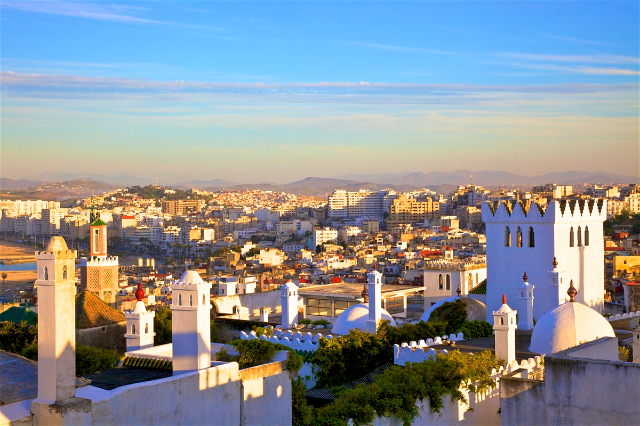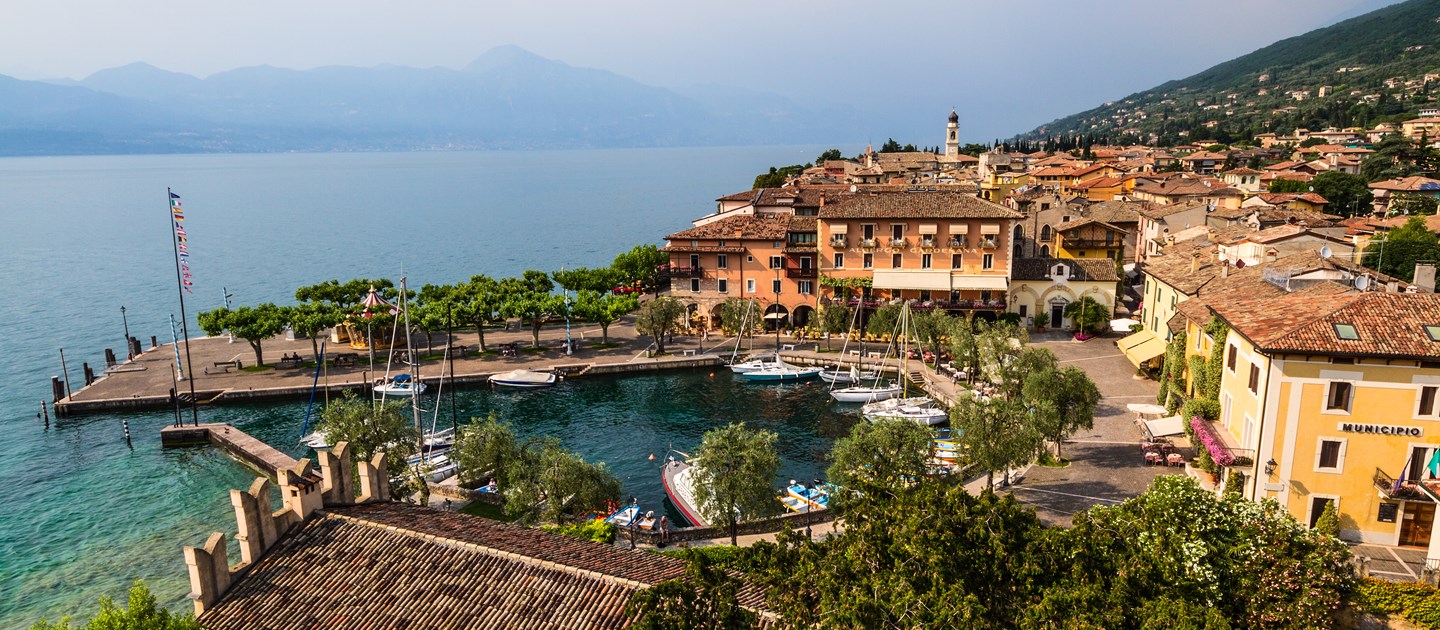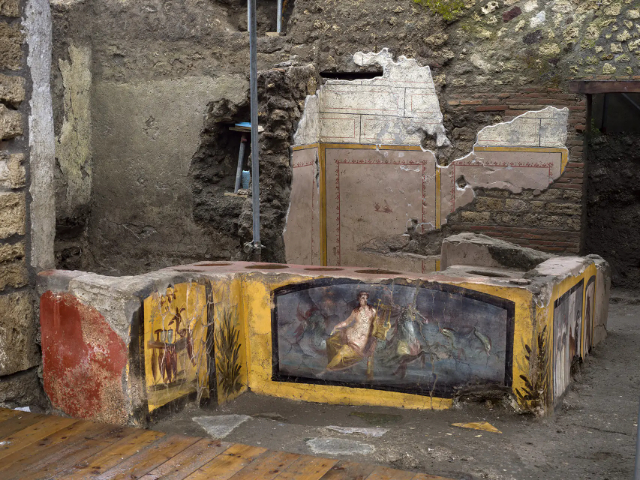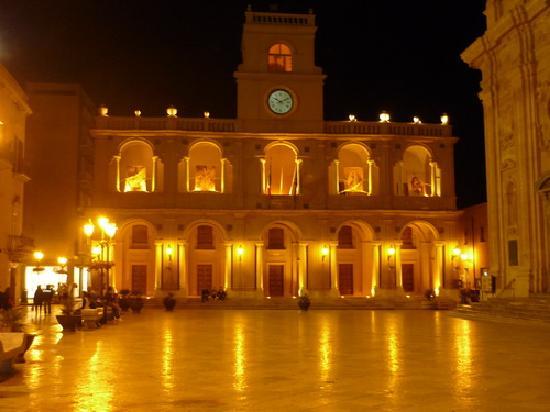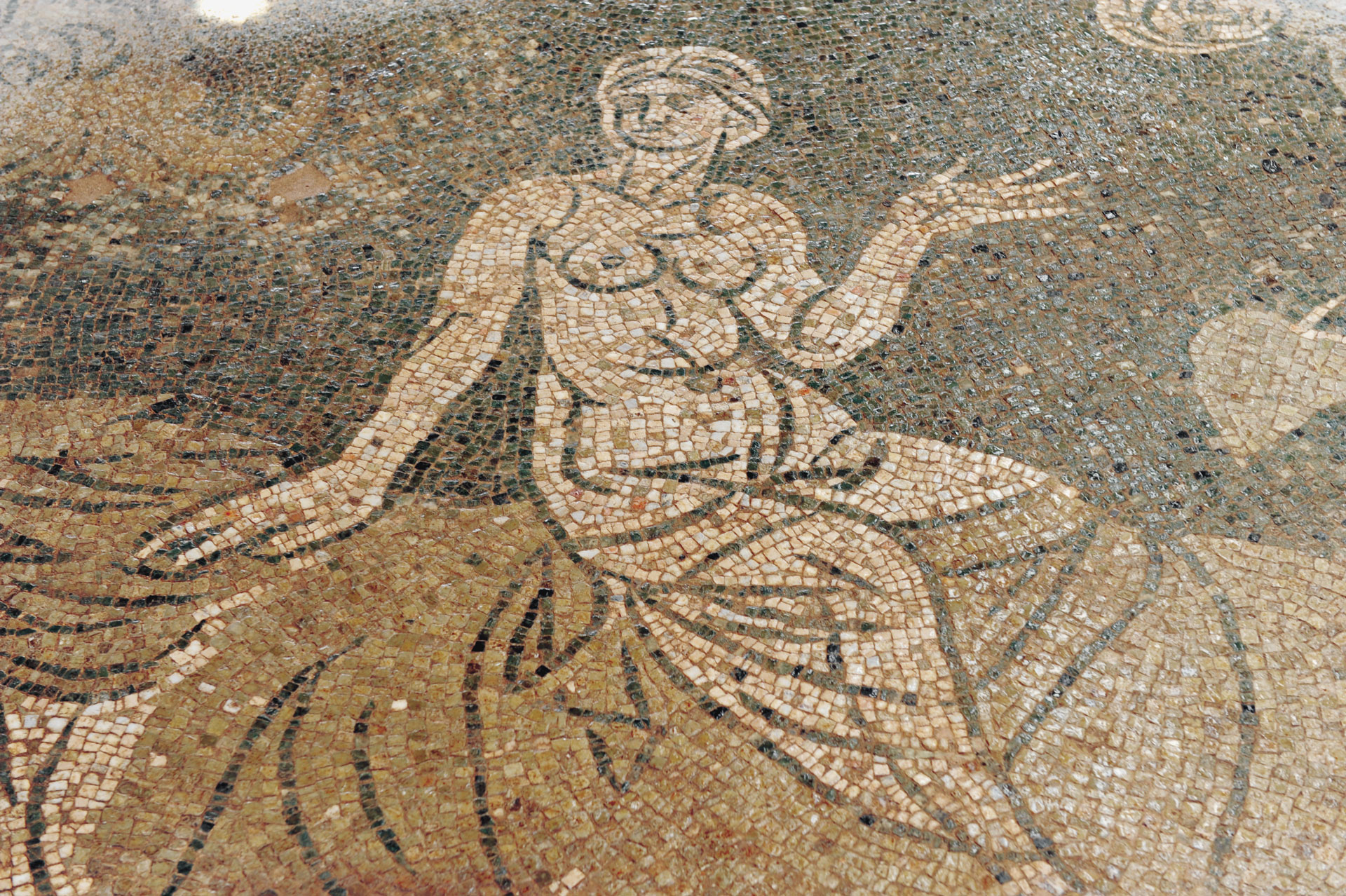You can access the district of San Pellegrino from Piazza San Carluccio, originally called Piazza San Salvatore, from the name of a small church of which there is no trace anymore.
The same name had the adjoining fountain, ascribable to the 13th century, with a quadrangular basin. Frontally, the cubic element of the fountain is decorated with the head of a lion in whose jaws is grafted the nozzle under which are carved two coats of arms, one of which is that of the Gatti family, characterized by four horizontal bands. At the same height, on the left side, stands the coat of arms belonging to the Anguillara family, bearing two crossed eels, while on the right side that of the Gatti family. The square has a rectangular plan, closed on two sides by perimeter walls, for a crenellated section.
To the right of the fountain of San Carluccio there is Via di San Pellegrino, which is the main road axis of the medieval quarter. "Along this street there is a continuous succession of dark and depressed vaults, of towers that raise the mighty peaks or the ruined stumps to the sky, of leftovers of hillocks decorated with notches and diamond point, and of small houses corroded by centuries to which one climbs with daring rampants and on the walls of which some windows still open under a Romanesque arch or in the shape of an ogive" (A. Scriattoli, Viterbo in its Monuments, p. 197).
Characteristic of the neighborhood are the "profferli", particular external stairs leading to the landing of the houses and the "casa a ponte", a type of dwelling that joins two buildings, separated from the street, at the height of the first or second floor, creating suggestive covered passages.
Piazza S. Pellegrino represents a characteristic environment of the homonymous district, since it opens as a natural junction of Via S. Pellegrino and other adjacent alleys.
The Palazzo degli Alessandri, built in the first half of the 13th century, overlooks this square. The building has three floors and presents an interesting variation of the typical Viterbo profferlo, which instead of being built outside the building, as is usual and widespread, is built inside the perimeter wall of the building. The staircase is flanked by a parapet, decorated with an ornamental diamond star motif.
The Church of S. Pellegrino, also insistent on the homonymous square and already mentioned in a document dating back to the first half of the eleventh century, was rebuilt in 1889, at the expense of Bishop Grasselli. Affected by the bombings of 1944, it was reopened for worship in 1951.
